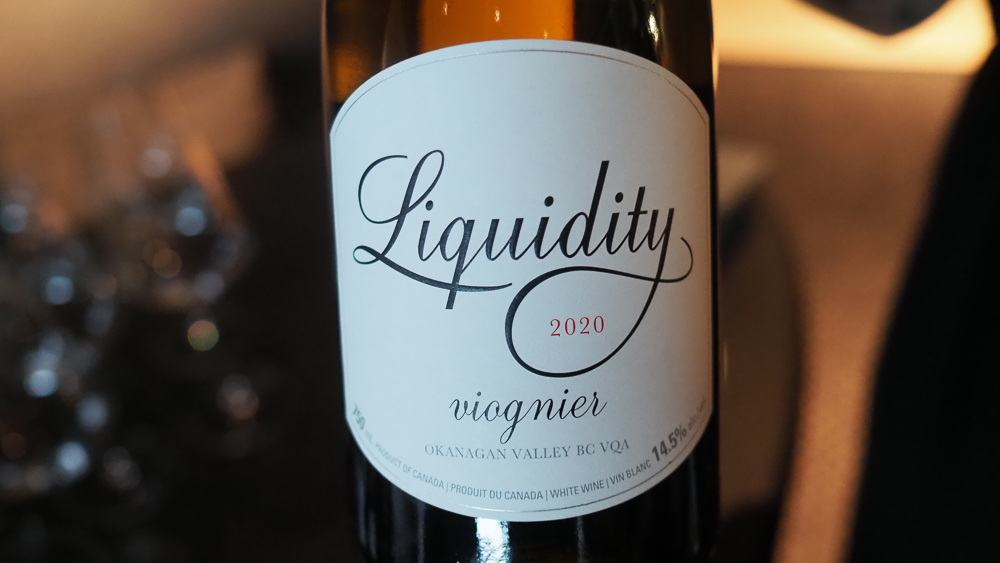Art, architecture, food, and wine. What’s not to love about Italy? From time immemorial, Italy has been spreading its culture across the world, dating back to the days of the Roman Empire.
From aqueducts for irrigation, sewers for sanitation, all the roads in the known world that led back to Rome, the Italian peninsula jutting deep into the Mediterranean Sea has brought many wonders to the world, despite what those malcontents from the Judean Peoples Front and Peoples Front of Judea may have told you.
We might not be able to gaze upon the beauty of the Sistine Chapel from here in Alberta, but the food and wine of Italy has been exported the world over, and is always available for a night out at a local restaurant, or corked and bottled for you to enjoy at home.
From the light and bubbly Prosecco that is basically joy in a glass, to the full-bodied and robust reds that can be aged for decades, there are Italian wines for every palate and every occasion.
Italian wines are labeled based on their geographic origin (Tuscany, Piedmont, Sicily, etc) rather than the grape in the bottle, so it can be a considerable challenge for the average consumer to know exactly what grape makes up their favourite wine.
Perhaps the most confusing Italian wine label is for Montepulciano, which may refer to either a grape or a village, but not both.
Montepulciano is an ancient grape that is native to the Tuscany region of Italy, and is the second most widely planted grape varietal in Italy, coming in just behind Sangiovese.
To muddy the waters, there is also an Italian village called Montepulciano in the Tuscany region, which for mysterious reasons, grows plenty of Sangiovese, but does not have any significant plantings of Montepulciano grapes.
So, a wine labeled as Vino Nobile de Montepulciano was produced near the village of Montepulciano, but contains no Montepulciano grapes. A wine labeled as Montepulciano d’Abruzzo is made of Montepulciano grapes, which were grown in the Abruzzo region. Are you confused yet?
The most popular plantings of Montepulciano are in the Abruzzo (pronounced a-brute-zo) region in west-central Italy, bordered by the Appenine Mountains to the west and the Adriatic Sea to the east.
The Montepulciano grape tends to ripen late, so it is more commonly planted in the central and southern regions of Italy to take advantage of the longer growing season.
Montepulciano vines tend to be quite vigorous and highly productive, and were historically used to produce large quantities of reasonably priced table wines for domestic consumption.
Fortunately, a new generation of winemakers has been throwing off the shackles of history, opting to aggressively prune their vines in order to produce a higher quality wine. The associated reduction in yields at harvest time means that the price of each bottle will go up, but the savvy winemakers are gambling that it is easier to compete in the mid-market price point than at the bottom.
Montepulciano is typically a deeply reddish/purplish colour, with strong tannins and notes of tar, tobacco, rich juicy fruits, and a peppery spicy finish. Unlike some other Italian grape varietals, Montepulciano is typically consumed young, and does not tend to improve with more than 5 years of aging.
Because Montepulciano is typically consumed fairly young, it has a reputation of bold and juicy flavours that pair well with savoury foods like pizza or smoked beef brisket.
While the vast majority of Montepulciano plantings are still in Italy, the grape varietal made its way to Australia in the early years of the new millennium, where it is becoming increasingly popular.
The hot climate of Australia is well-suited to the late-ripening Montepulciano grape, particularly the Barossa Valley in central South Australia, which produces many of the top Aussie wines.
The Montepulciano wines from Australia tend to be bolder and fruitier than their Italian cousins, which can be attributed to the hotter climate and different soil composition.
The Montepulciano plantings in Australia are still quite small, so we rarely see exports make it all the way to Canada, but there are plenty of Italian offerings to be found at your friendly neighbourhood bottle shop.
My favourite is the $16 Citra Red Montepulciano from the Abruzzo region of Italy, which can be found at well-stocked booze merchants here in Alberta, and is the perfect everyday table wine.








